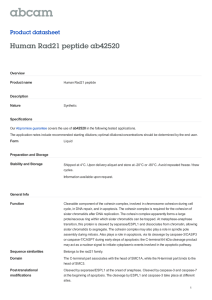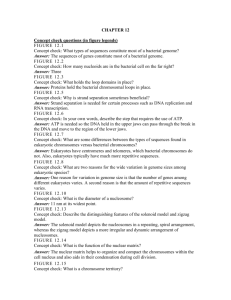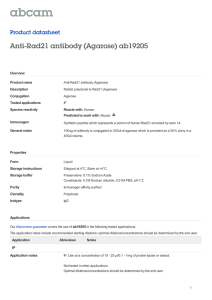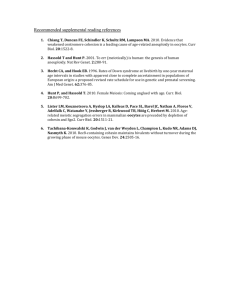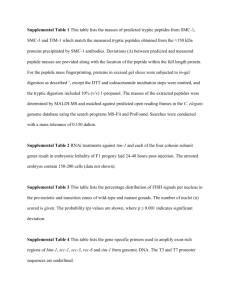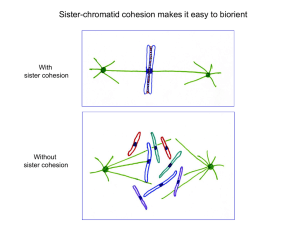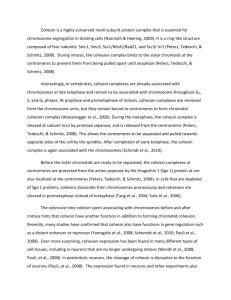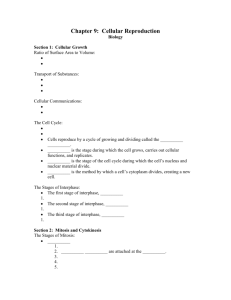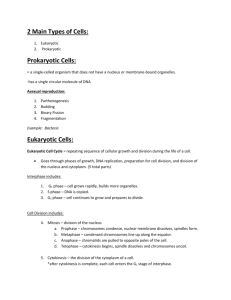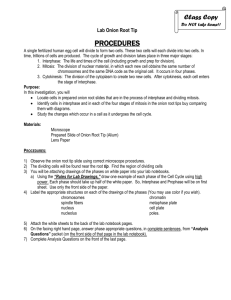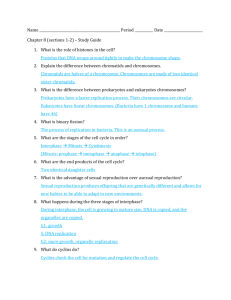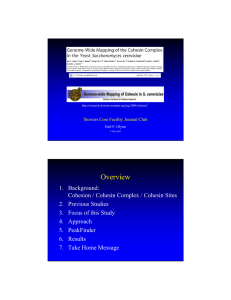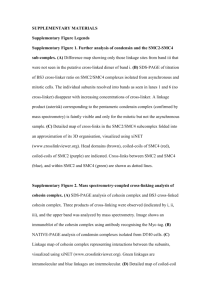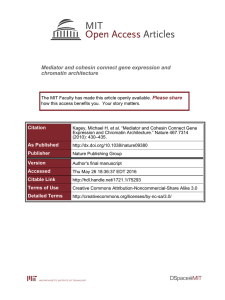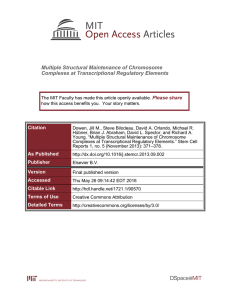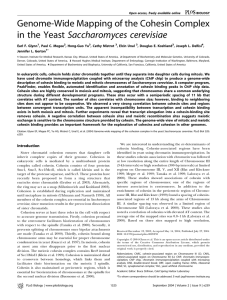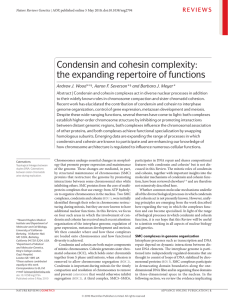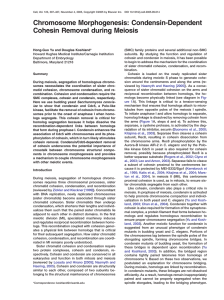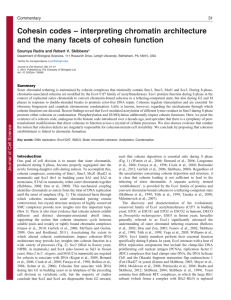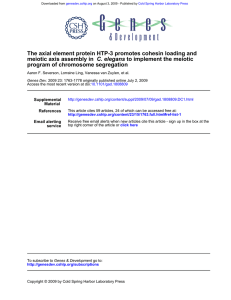Cohesin stabilizes interphase chromosomal architecture
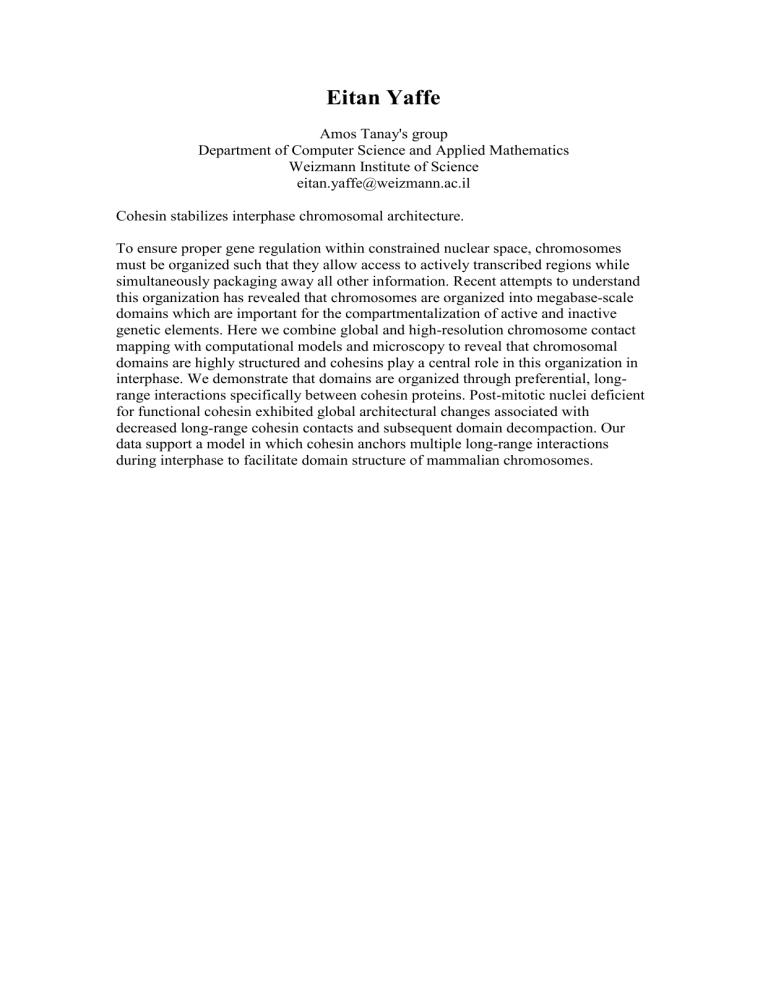
Eitan Yaffe
Amos Tanay's group
Department of Computer Science and Applied Mathematics
Weizmann Institute of Science eitan.yaffe@weizmann.ac.il
Cohesin stabilizes interphase chromosomal architecture.
To ensure proper gene regulation within constrained nuclear space, chromosomes must be organized such that they allow access to actively transcribed regions while simultaneously packaging away all other information. Recent attempts to understand this organization has revealed that chromosomes are organized into megabase-scale domains which are important for the compartmentalization of active and inactive genetic elements. Here we combine global and high-resolution chromosome contact mapping with computational models and microscopy to reveal that chromosomal domains are highly structured and cohesins play a central role in this organization in interphase. We demonstrate that domains are organized through preferential, longrange interactions specifically between cohesin proteins. Post-mitotic nuclei deficient for functional cohesin exhibited global architectural changes associated with decreased long-range cohesin contacts and subsequent domain decompaction. Our data support a model in which cohesin anchors multiple long-range interactions during interphase to facilitate domain structure of mammalian chromosomes.
